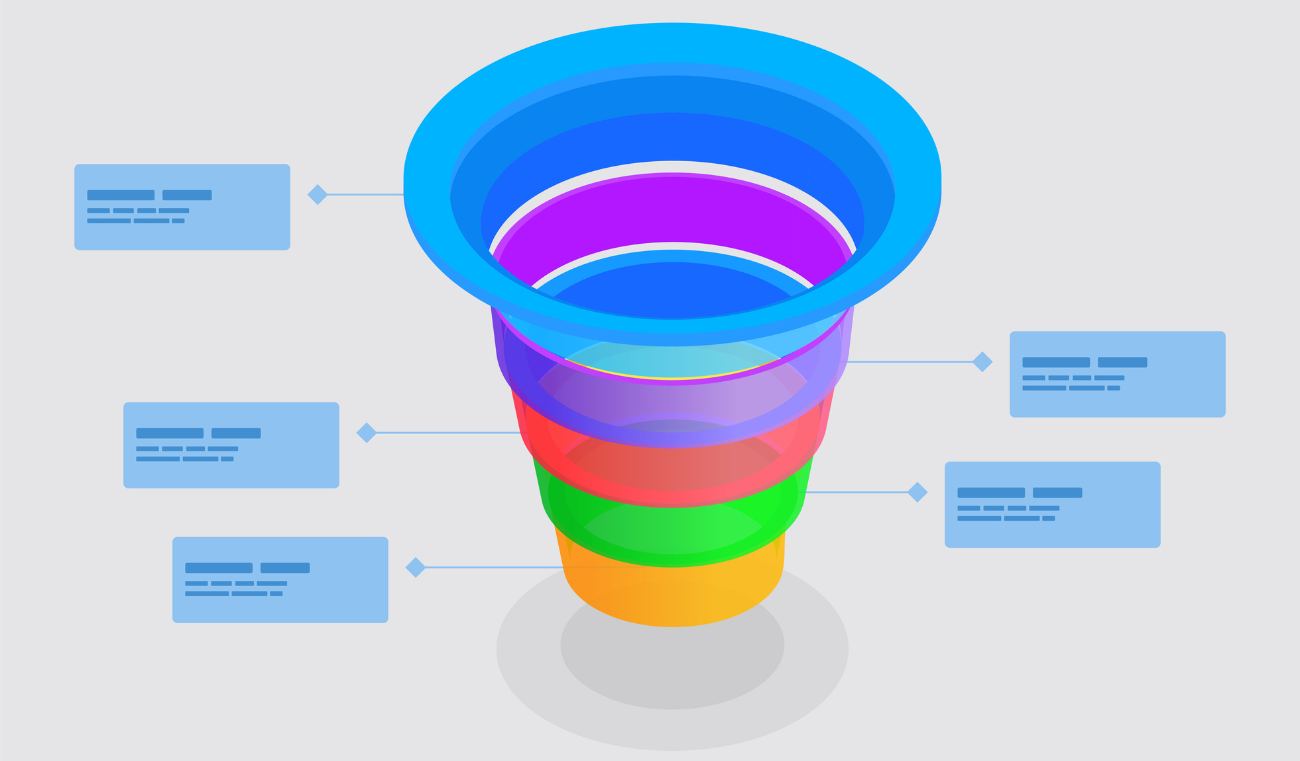
08 Sep Our 3-Tier Funnel Strategy for Winning Across Google, Meta & LinkedIn Ads
In today’s fragmented digital landscape, running disconnected ads on Google, Meta, and LinkedIn burns budgets and dilutes impact. The solution? A unified 3-tier funnel strategy that aligns platform strengths to audience intent. This approach eliminates guesswork by mapping each campaign stage—awareness, consideration, and conversion—to specific ad formats, targeting, and KPIs. We’ve deployed this framework for B2B and B2C brands, driving 3.7X higher ROAS by synchronizing cross-platform messaging. Ready to transform scattered tactics into a revenue machine? Let’s break down each tier.
Top of Funnel (TOFU): Awareness Building
TOFU targets cold audiences unaware of your brand. Your goal here is interruption and education—not direct sales. Cast wide nets with high-reach, low-cost formats to capture early-stage researchers.
Google Ads: Capturing Broad Intent
Leverage Discovery Ads and YouTube skippables to target users based on search behaviors and content consumption. Target keywords like “SaaS productivity challenges” (not “buy project management software”). Pair with in-market audiences for users actively researching solutions. Measure success via view-through rates and branded search lift—not conversions.
Meta Ads: Leveraging Interest Targeting
Use Reels and image carousels to target interests, behaviors, and lookalikes of your website visitors. Example: A cybersecurity firm might target “IT professionals” interested in “cloud infrastructure.” Avoid product-focused creatives; instead, share 60-second problem-solution stories. Track cost per 1,000 impressions (CPM) and video completion rates.
LinkedIn Ads: Professional Audience Reach
Sponsor industry insights (e.g., “2024 HR Tech Trends”) to target job titles and company sizes. Single-image ads with provocative stats outperform video here. Example: “83% of CFOs overspend on legacy systems—are you?” Monitor engagement rate and follower growth to gauge brand authority.
Middle of Funnel (MOFU): Consideration & Nurturing
MOFU targets warm audiences who know your brand but need persuasion. Shift to engagement-focused formats that showcase expertise and build trust over 7-30 days.
Google Ads: Remarketing and Custom Intent
Launch YouTube explainers and Gmail ads for users who visited pricing pages or abandoned carts. Use custom intent audiences to target people searching for competitors. A CRM tool could target “HubSpot alternatives” searchers with comparison guides. Track view duration and click-through rate (CTR).
Meta Ads: Engagement Custom Audiences
Retarget video viewers (≥50% completion) with carousel ads diving into product features. Create lookalike audiences from your email list. Use Lead Ads for gated content like templates or calculators. Example: A skincare brand offers a “Skin Type Quiz.” Prioritize cost per lead (CPL) and landing page visits.
LinkedIn Ads: Account-Based Nurturing
Deploy Message Ads and Document Ads for targeted accounts. Send personalized case studies to decision-makers who engaged with TOFU content. A SaaS company might target CTOs at mid-market tech firms with a “Scaling Infrastructure Checklist.” Measure lead form opens and content downloads.
Bottom of Funnel (BOFU): Conversion & Retention
BOFU targets hot leads ready to convert. Deploy hyper-personalized, urgency-driven tactics to close sales and retain customers. Every ad must eliminate final objections and simplify decision-making.
Google Ads: High-Intent Keywords and Smart Bidding
Dominate transactional searches with exact-match keywords like “buy [product]” or “free trial [solution].” Use Performance Max campaigns with asset groups featuring testimonials and limited-time offers. Implement smart bidding strategies (Target CPA or ROAS) that automatically adjust bids in real-time. For a CRM client, we drove 28% lower cost-per-acquisition by pairing “free demo” keywords with countdown timers in responsive search ads. Track conversion value and return on ad spend (ROAS).
Meta Ads: Conversion Optimization and Lookalikes
Run conversion campaigns optimized for purchases or sign-ups. Retarget cart abandoners with dynamic product ads showcasing abandoned items plus social proof (“1,200+ marketers bought this week”). Layer value-based lookalikes on top of high-lifetime-value customer lists. A DTC fitness brand increased revenue 37% by targeting lookalikes of repeat buyers with bundled offers (“Mat + Blocks 20% OFF”). Measure cost per acquisition (CPA) and purchase return on ad spend (PRAS).
LinkedIn Ads: Lead Generation and Retargeting
Deploy Lead Gen Forms pre-filled with LinkedIn profile data to capture enterprise prospects. Use Conversion Ads targeting engaged content viewers and webinar attendees. For complex sales, sequence sponsored InMail from sales reps offering 1:1 consultations. A cloud provider achieved 63% lead-to-meeting conversion by sending CTOs case studies with “Book Architecture Review” CTAs. Prioritize cost per lead (CPL) and sales-qualified lead (SQL) rate.
Conclusion
Mastering Google, Meta, and LinkedIn ads requires recognizing their distinct roles in your revenue pipeline. Google captures demand at all intent stages, Meta excels at emotional storytelling and retargeting, while LinkedIn dominates B2B relationship-building. By synchronizing TOFU awareness (broad reach), MOFU nurturing (problem-solving), and BOFU conversion (urgency triggers) across platforms, you eliminate wasted spend and compound results. One enterprise SaaS client deployed this 3-tier framework to achieve 214% higher ROAS within 9 weeks. Start by auditing existing campaigns—does each ad slot into a clear funnel stage?
